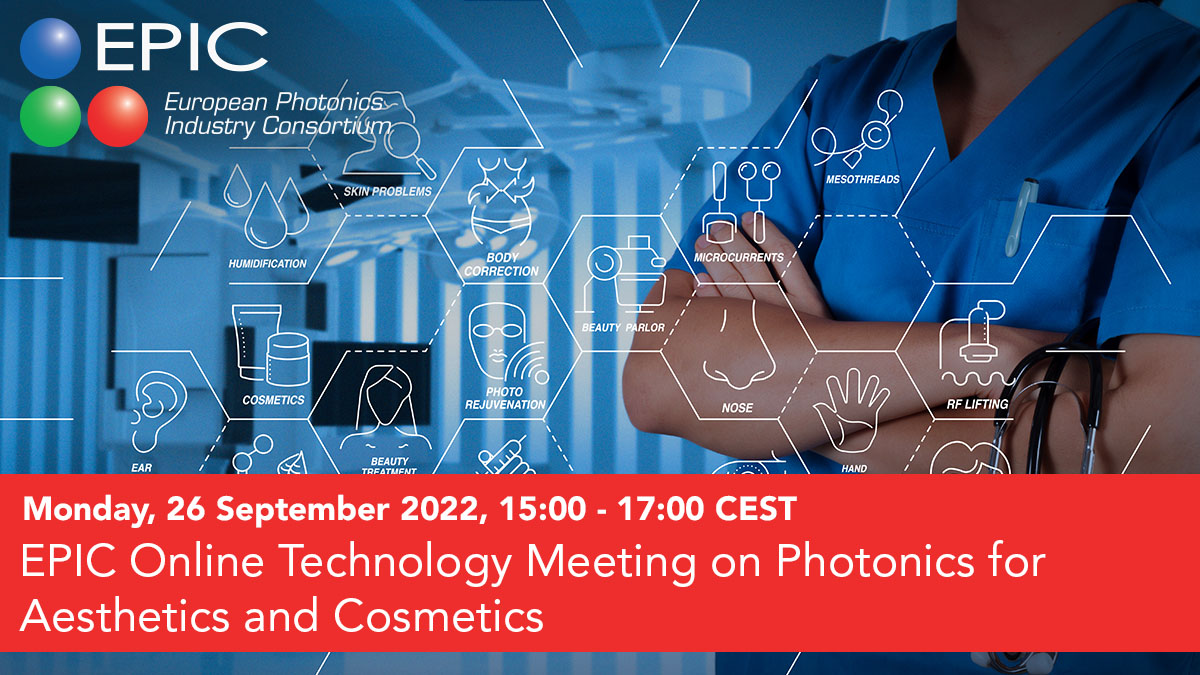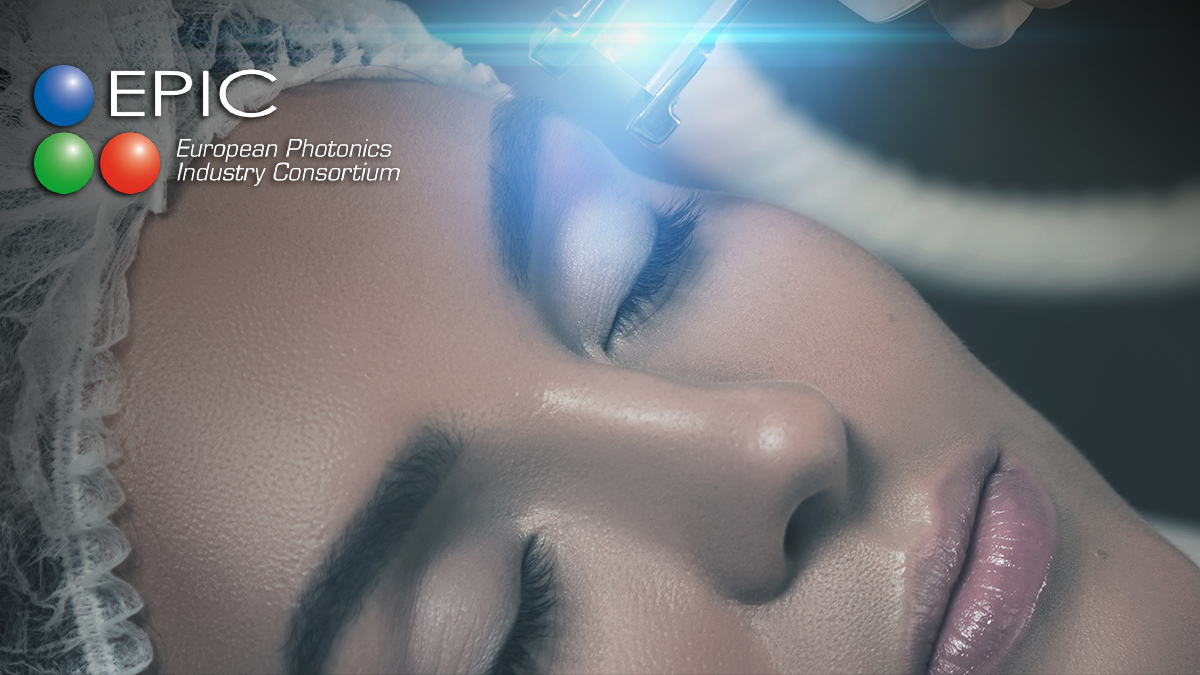A spotlight on skin

Photonics has contributed significantly to public health in different ways: advancing rapid, cost-effective, personalized interventions; allowing the visualization of different biological structures, functional units and infection agents; or as the basic technology for the development of specific diagnostic devices. Dermatology, the branch of medicine dealing with the skin, has been one of the fields which has taken benefit of all the advantages of the photonic technologies, such as their high resolution, speed and the capability of light waves to penetrate various biological barriers without causing unwanted interactions.
Skin is the largest organ of the body and our primary barrier against microbes and the elements. It can be affected by very different diseases and disorders or suffer the effects of aging. The potential for photonics applications in the skin includes diagnosis, imaging, treatment for different conditions or aesthetic applications. Some well-known photonics technologies such as Optical Coherence Tomography (OCT) and confocal microscopy have been widely applied to the characterization and analysis of skin samples. On one side, an evaluation of different features in the skin can be performed, to decide when a treatment is necessary; on the other hand, they can be also used to monitor the evolution of a potential disease. Another interesting example are the light therapies used to target tissues and achieve clinically useful effects without resulting in unintended heat or damage. Different wavelengths and power levels have been explored in order to get the best results in terms of efficiency and penetration in the internal layers of the skin. In this article, we are going to review some of the last developments in photonics which have been applied to the skin diagnosis and treatment.
This article mentions several organizations working in this field, such as Alpes Lasers, Lumics, LumIR Lasers, Monocrom, RiverD and Universitat Politècnica de Catalunya. Read this article published at Medical Devices Development.





